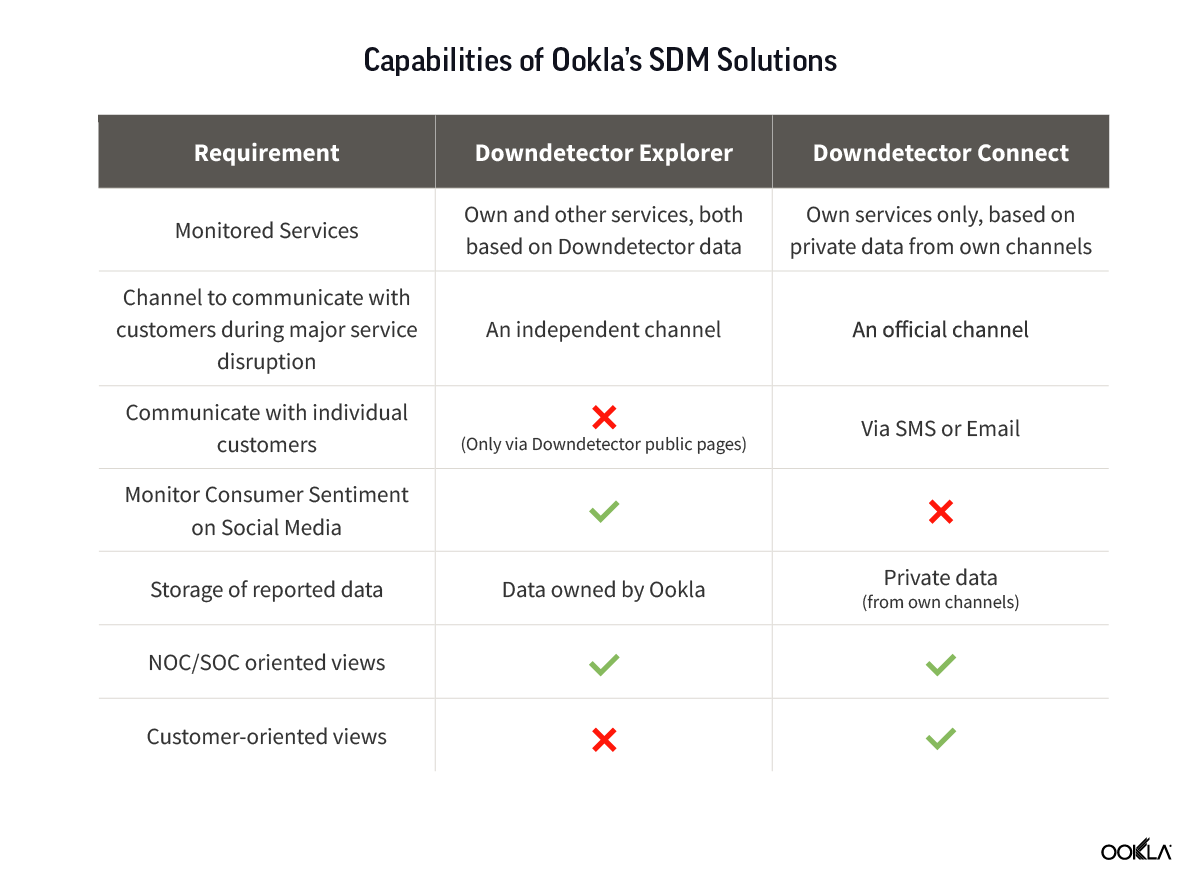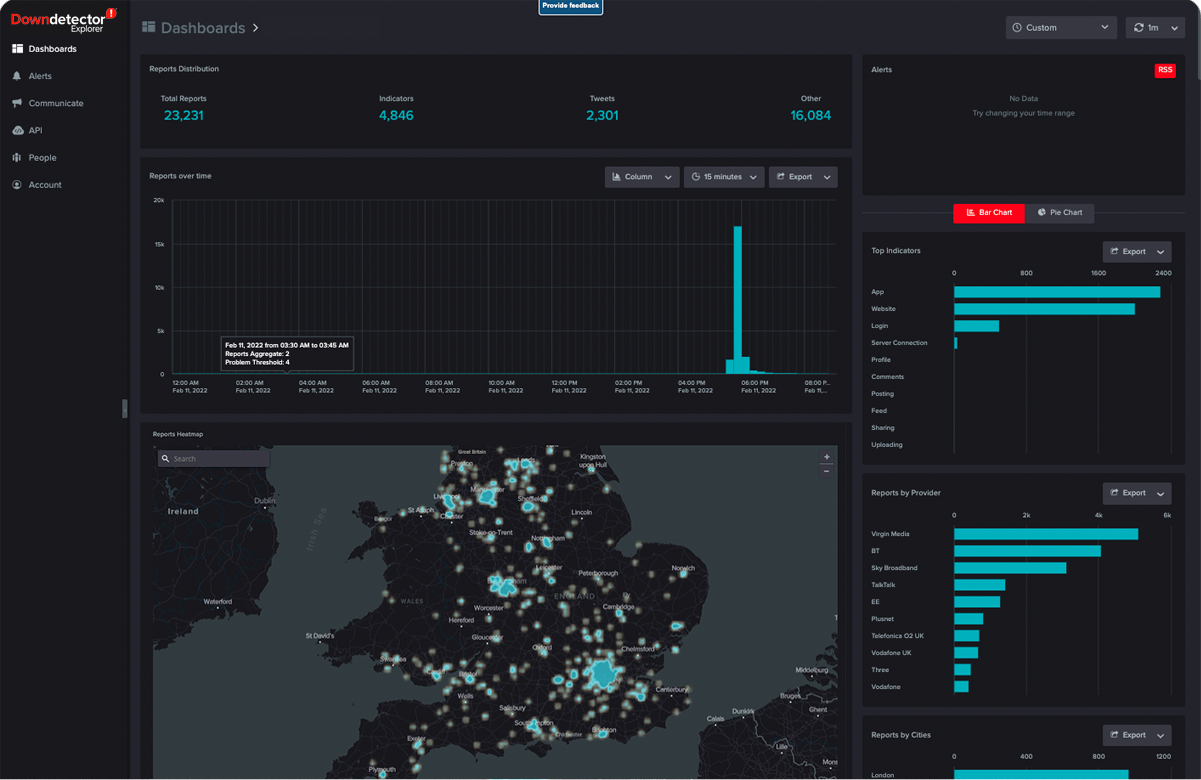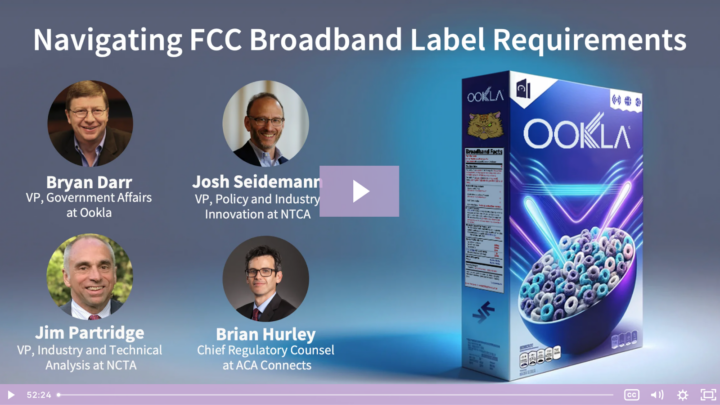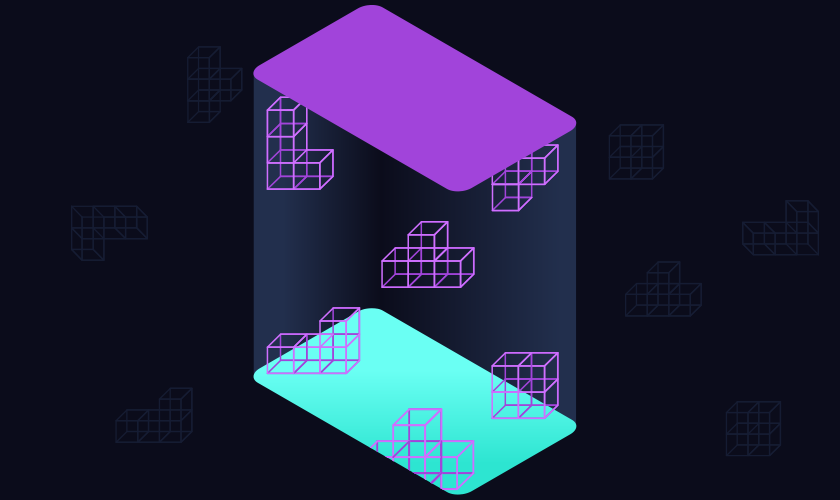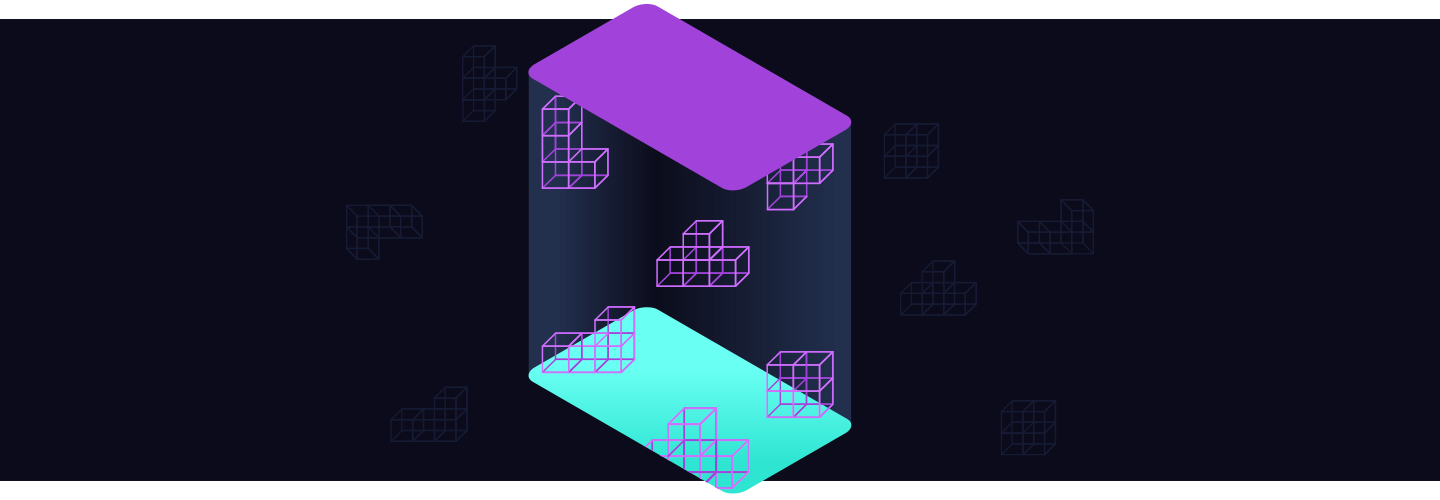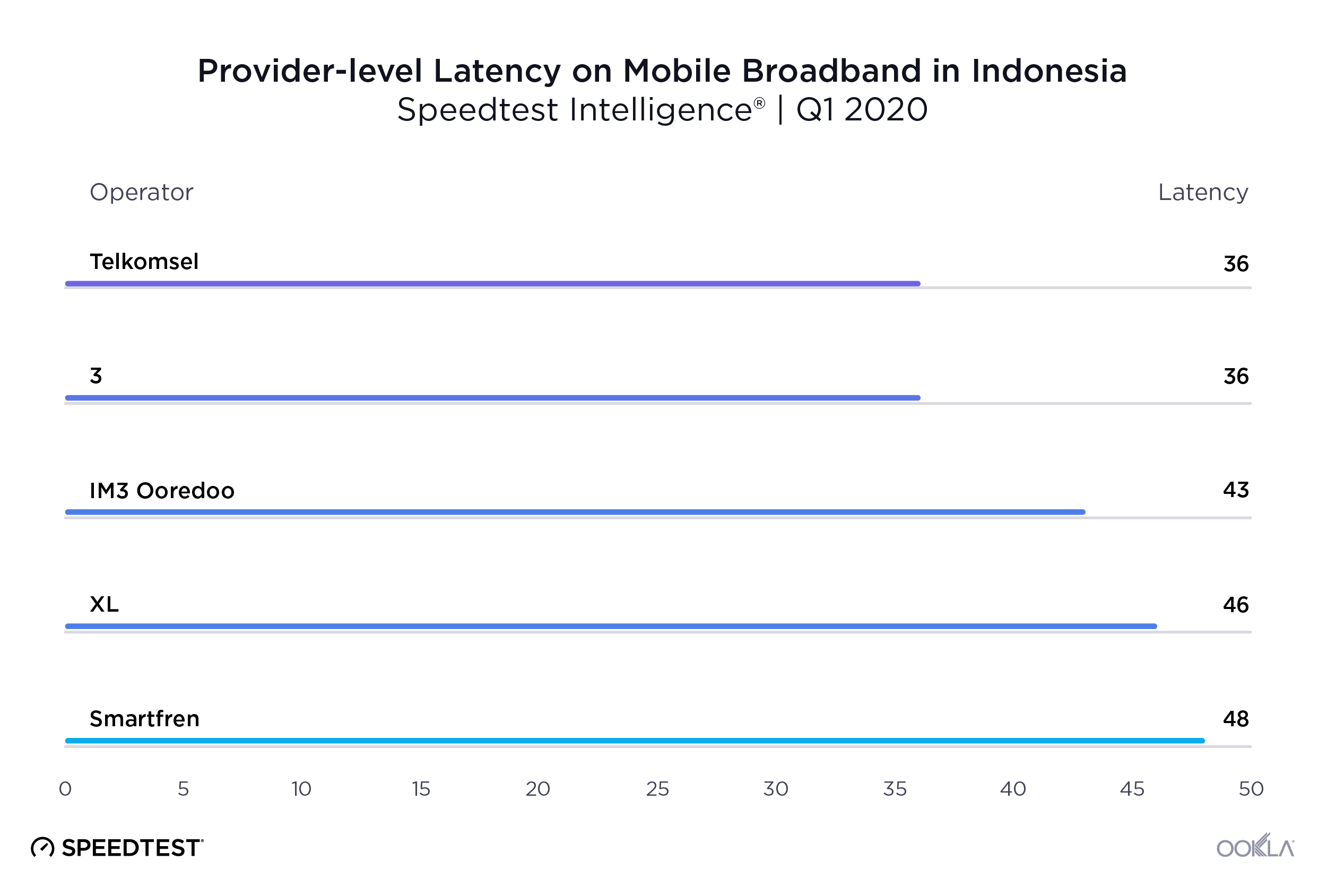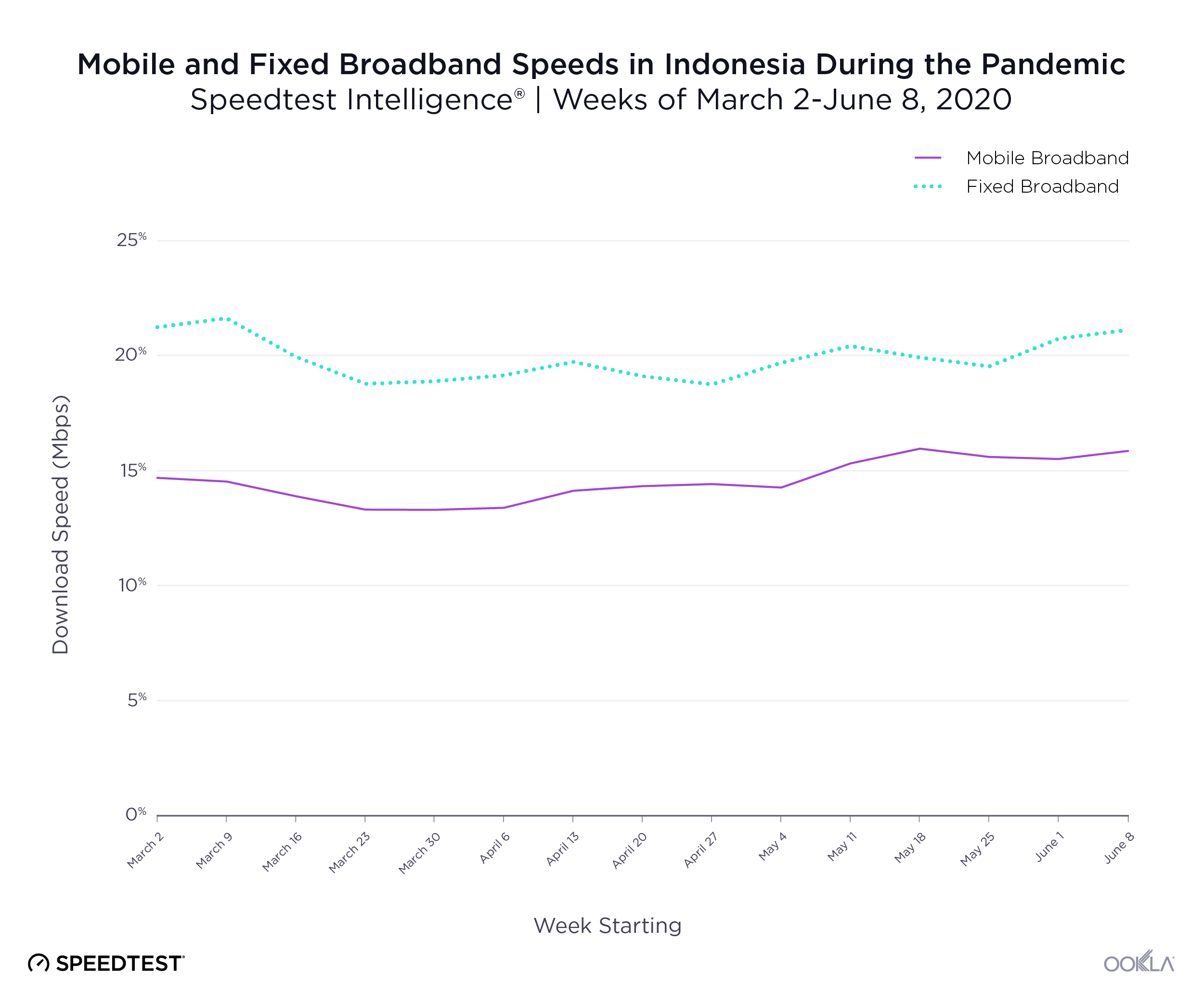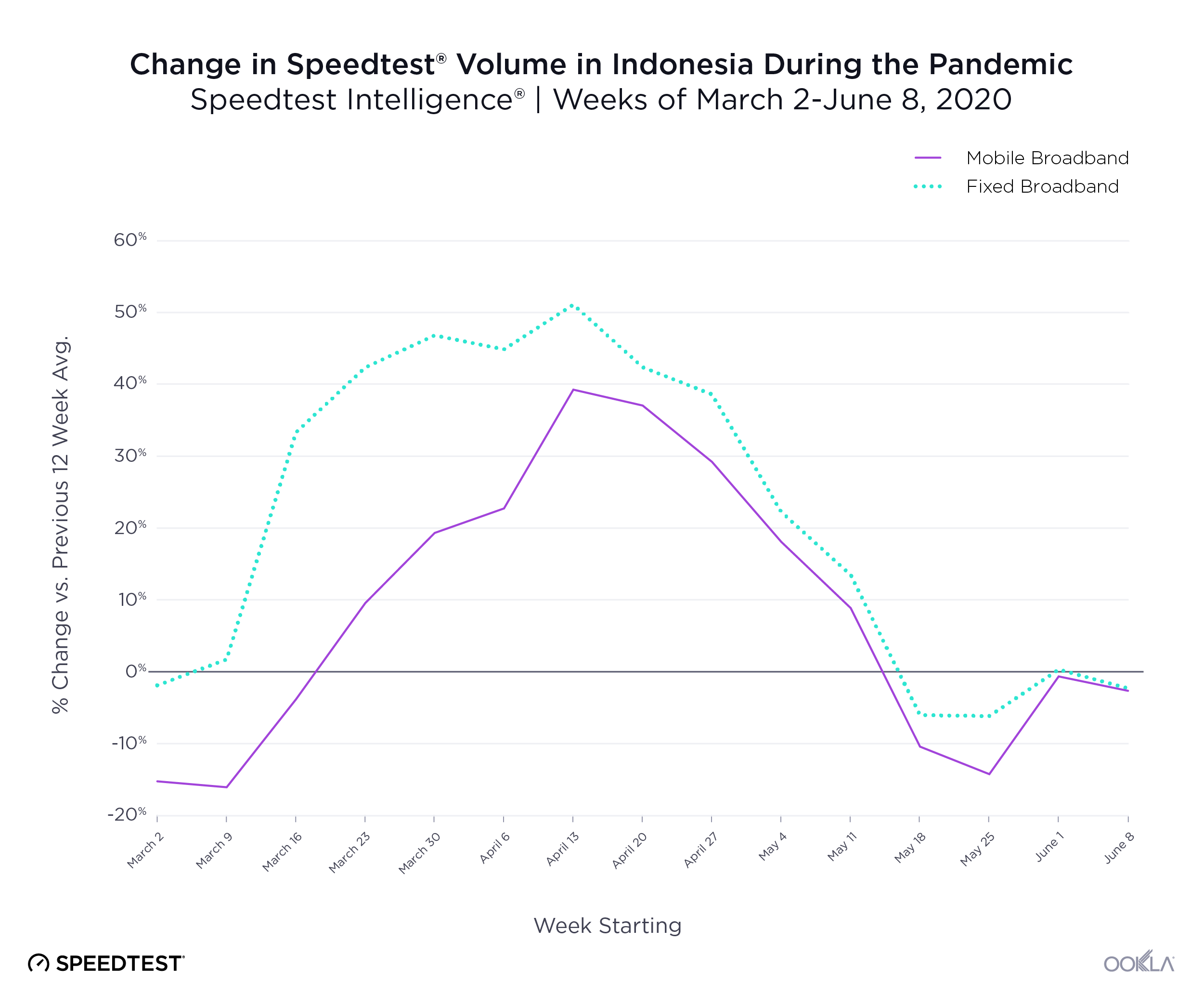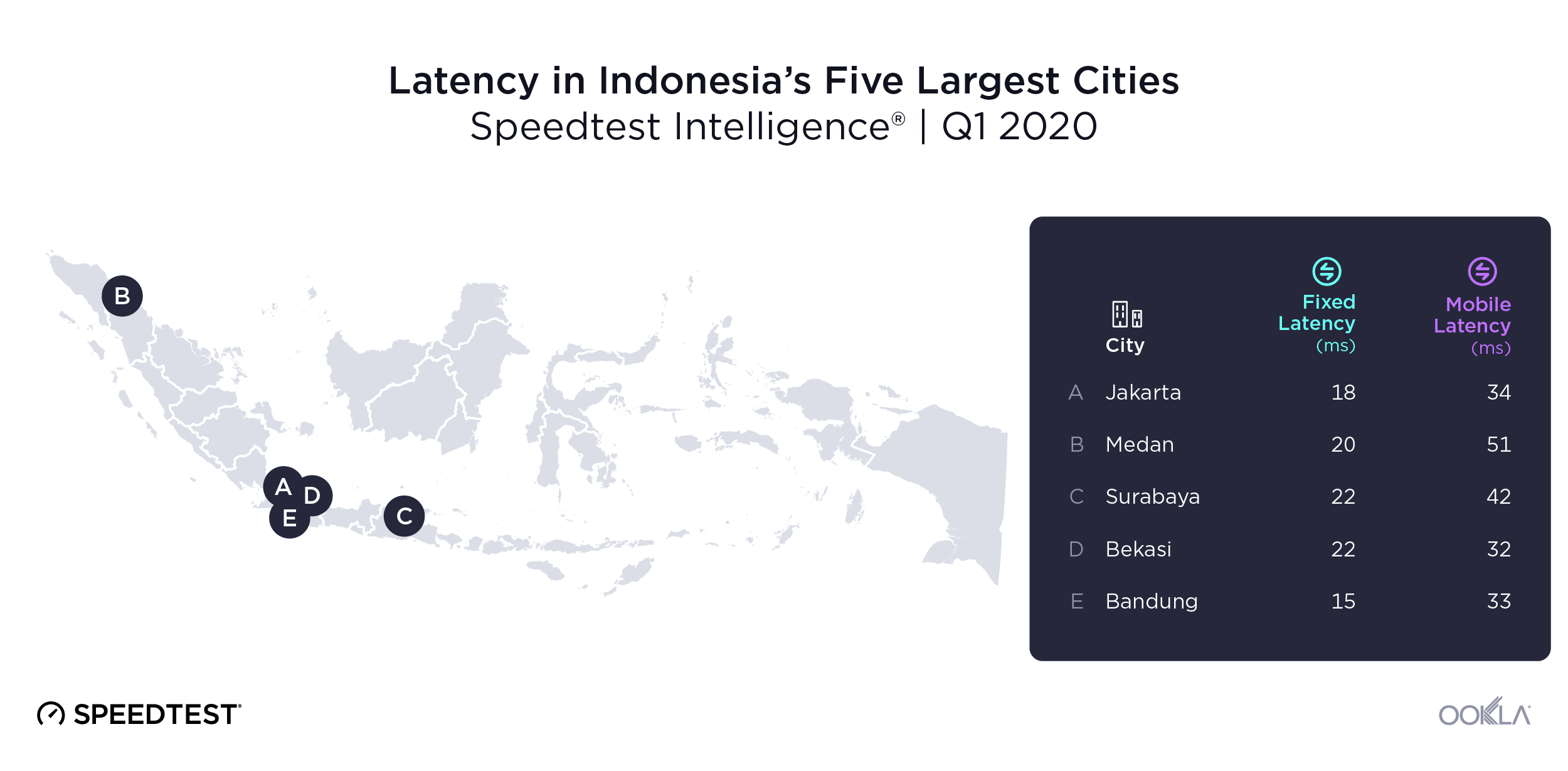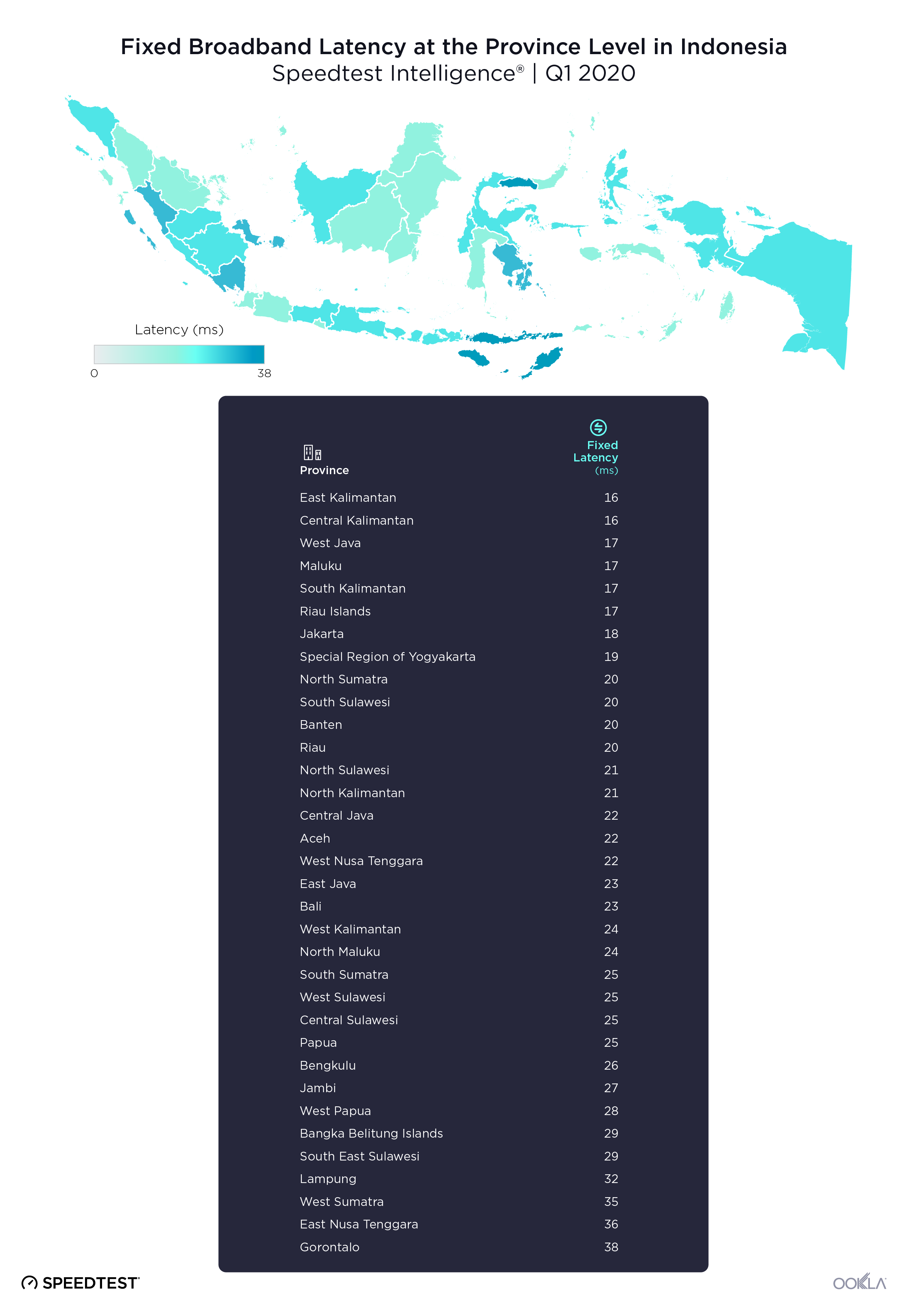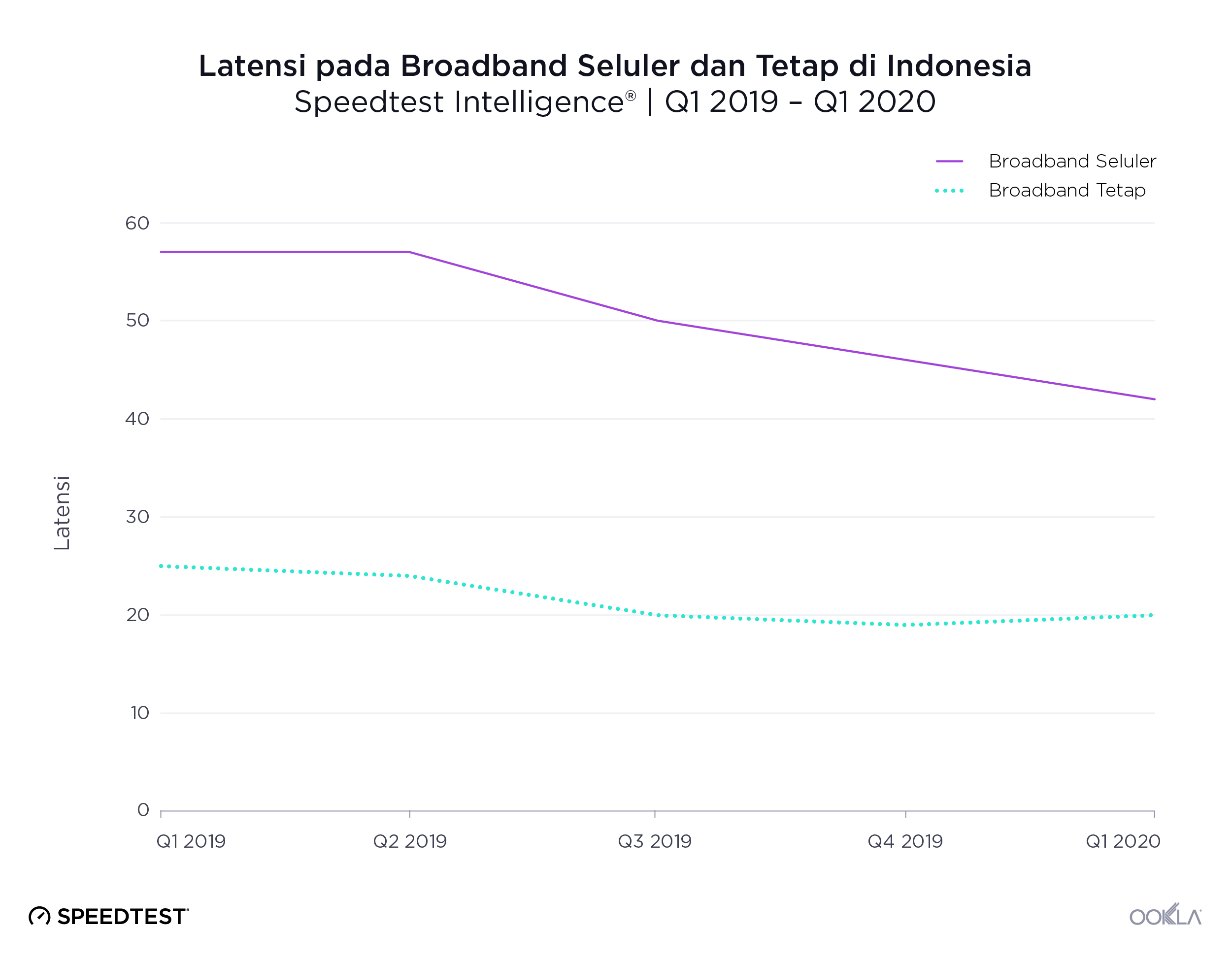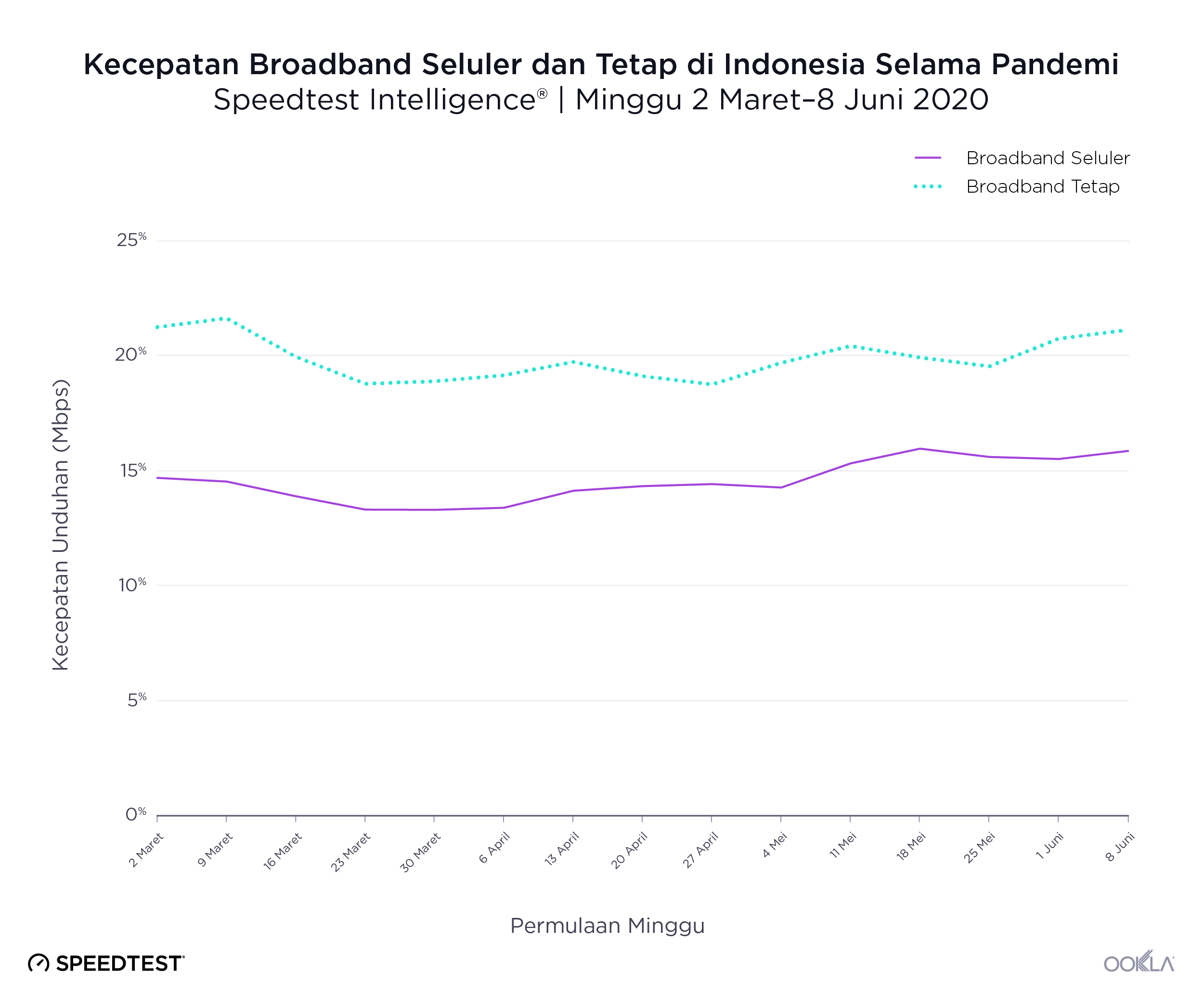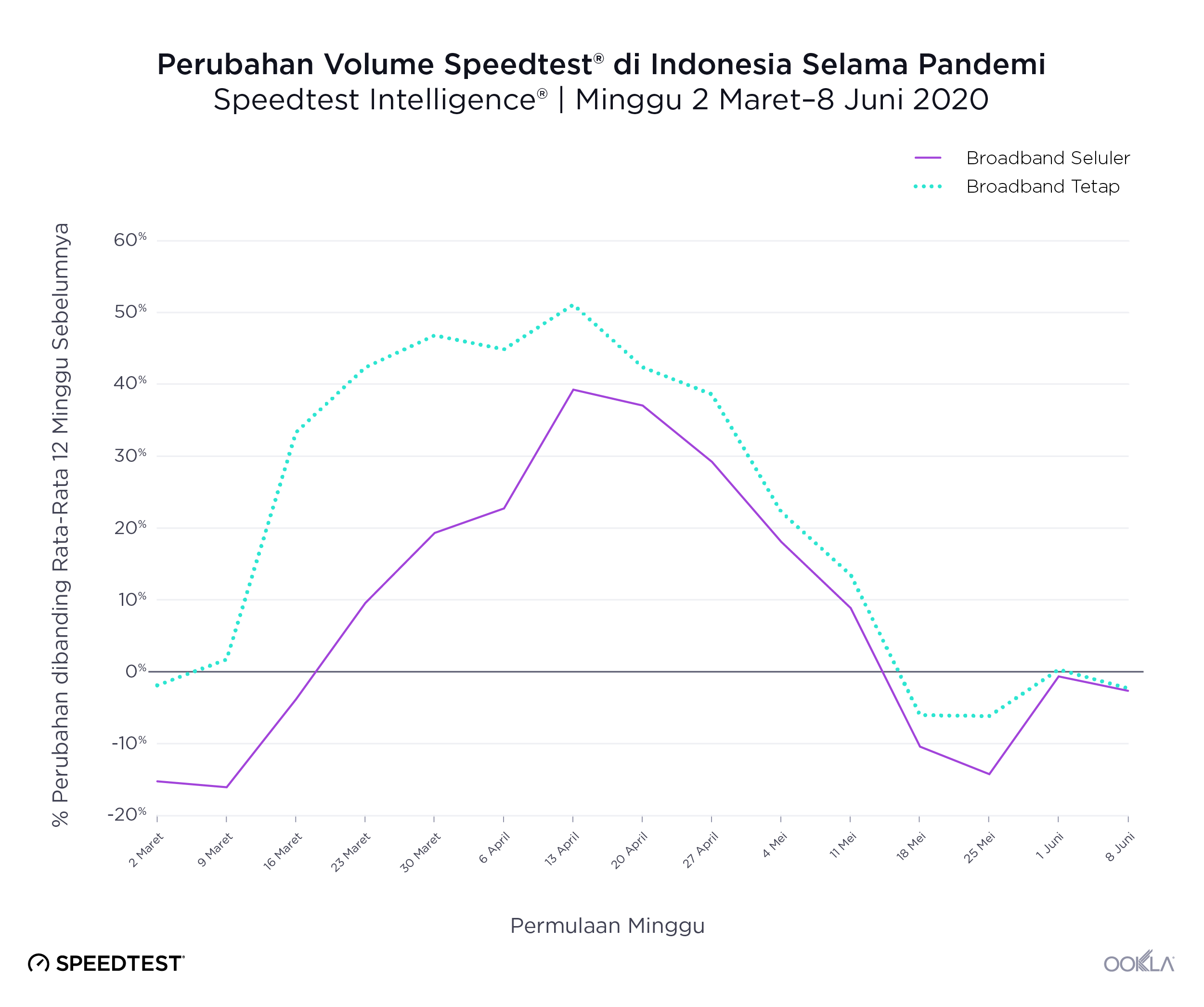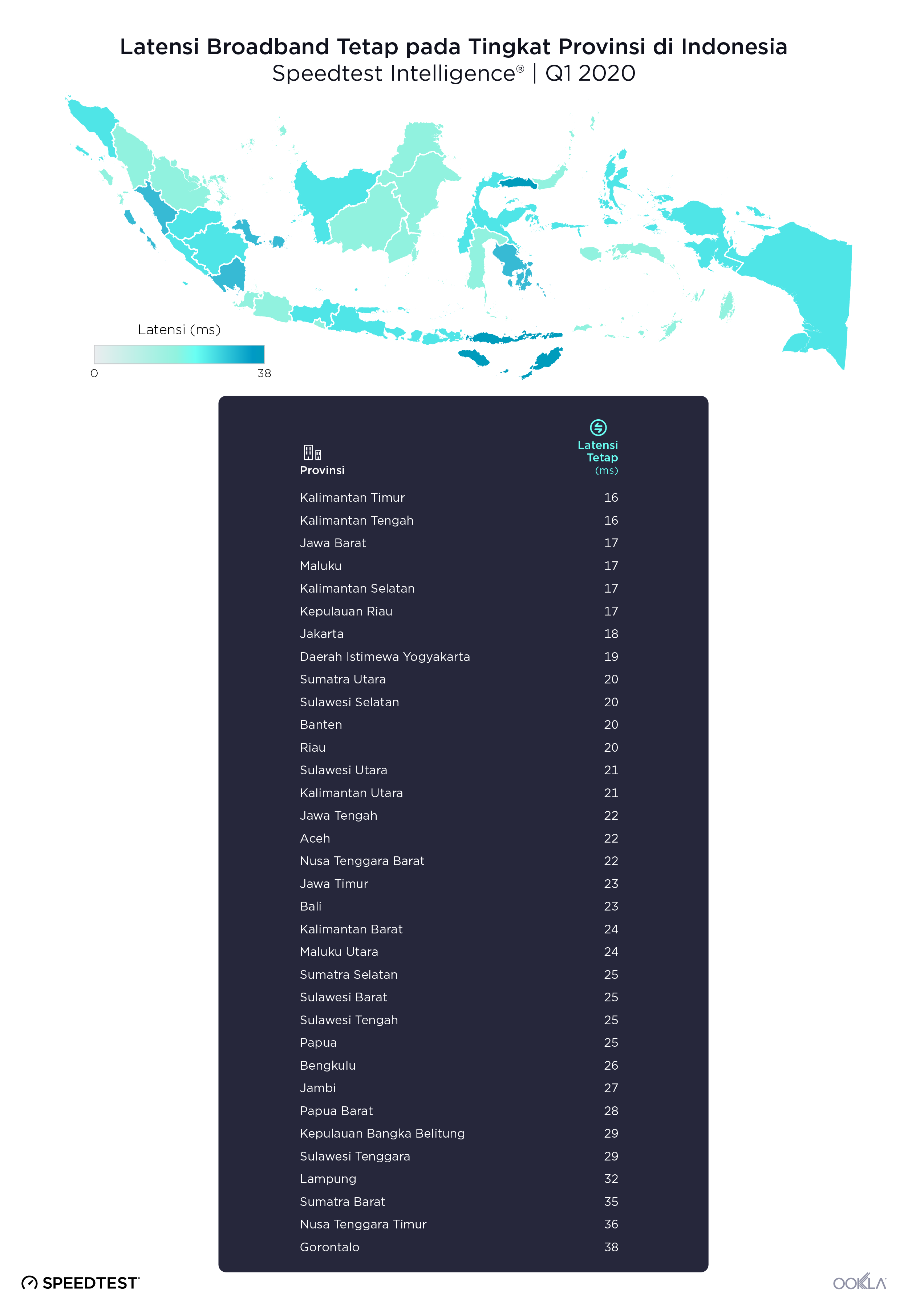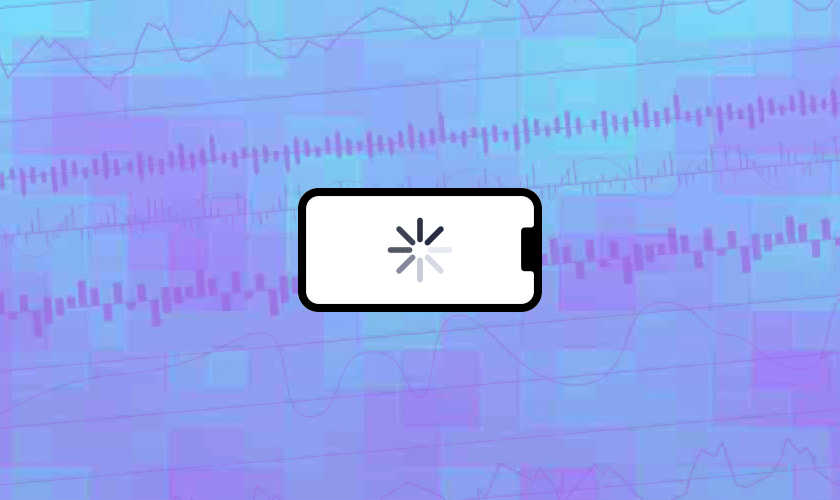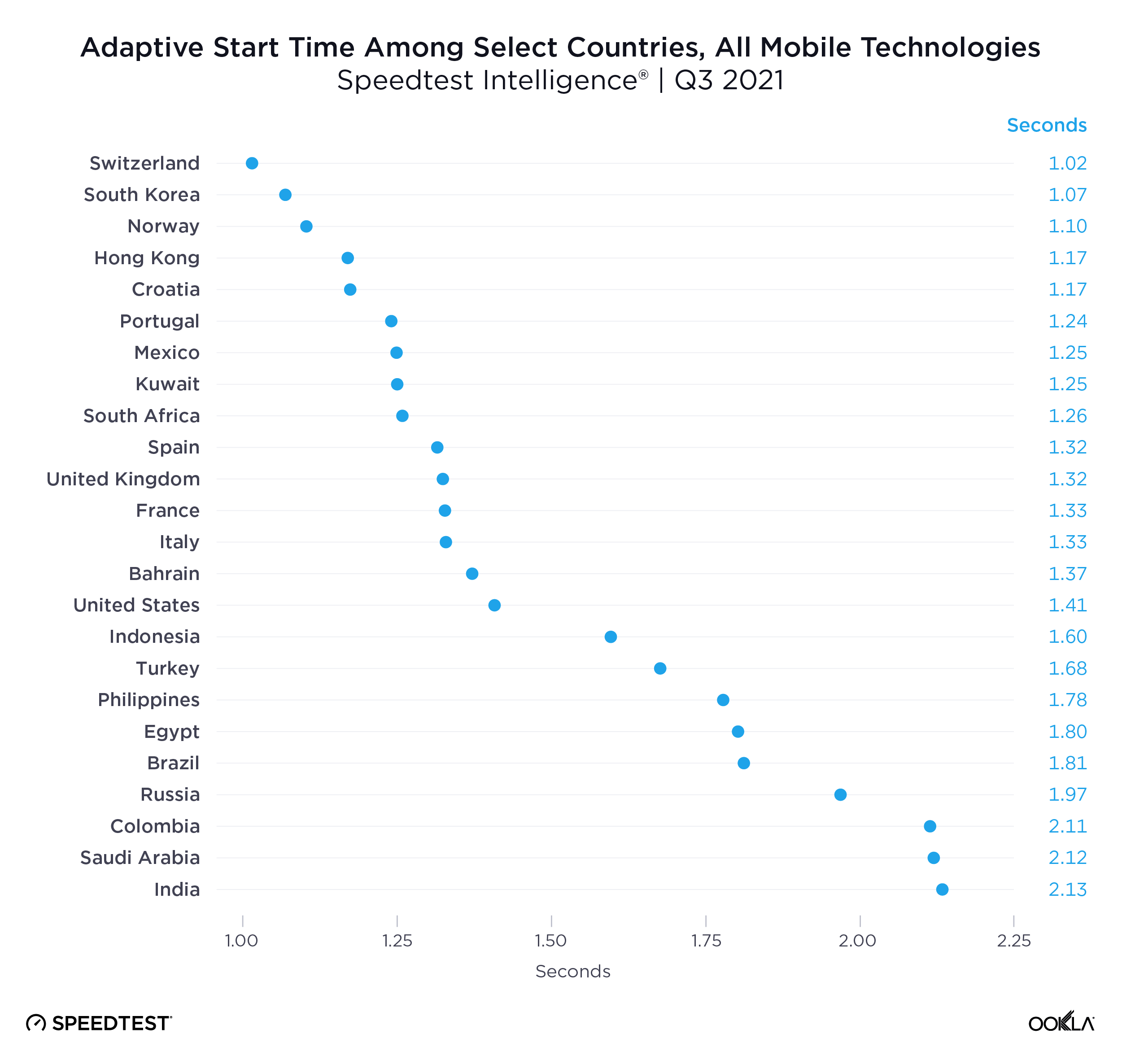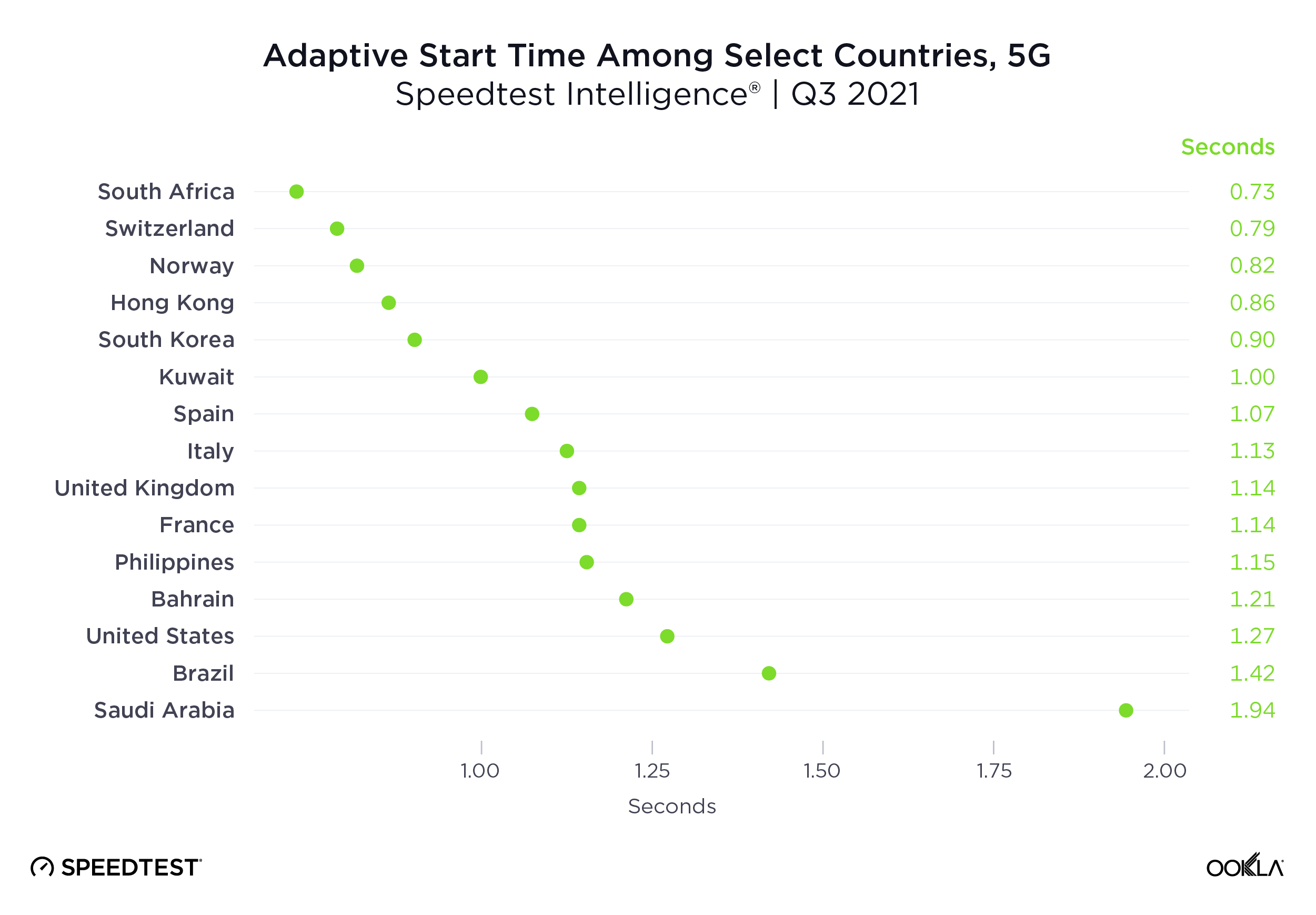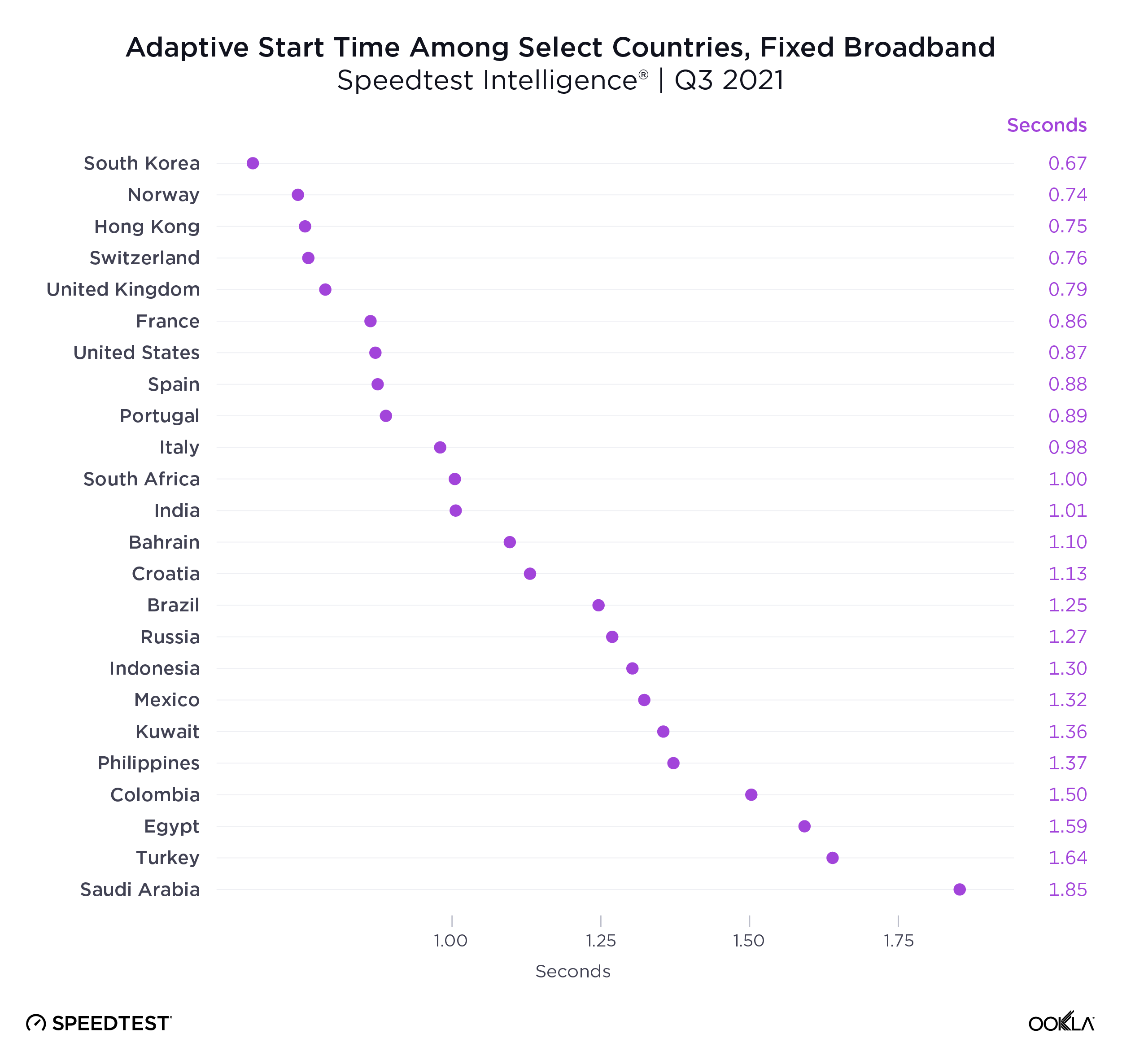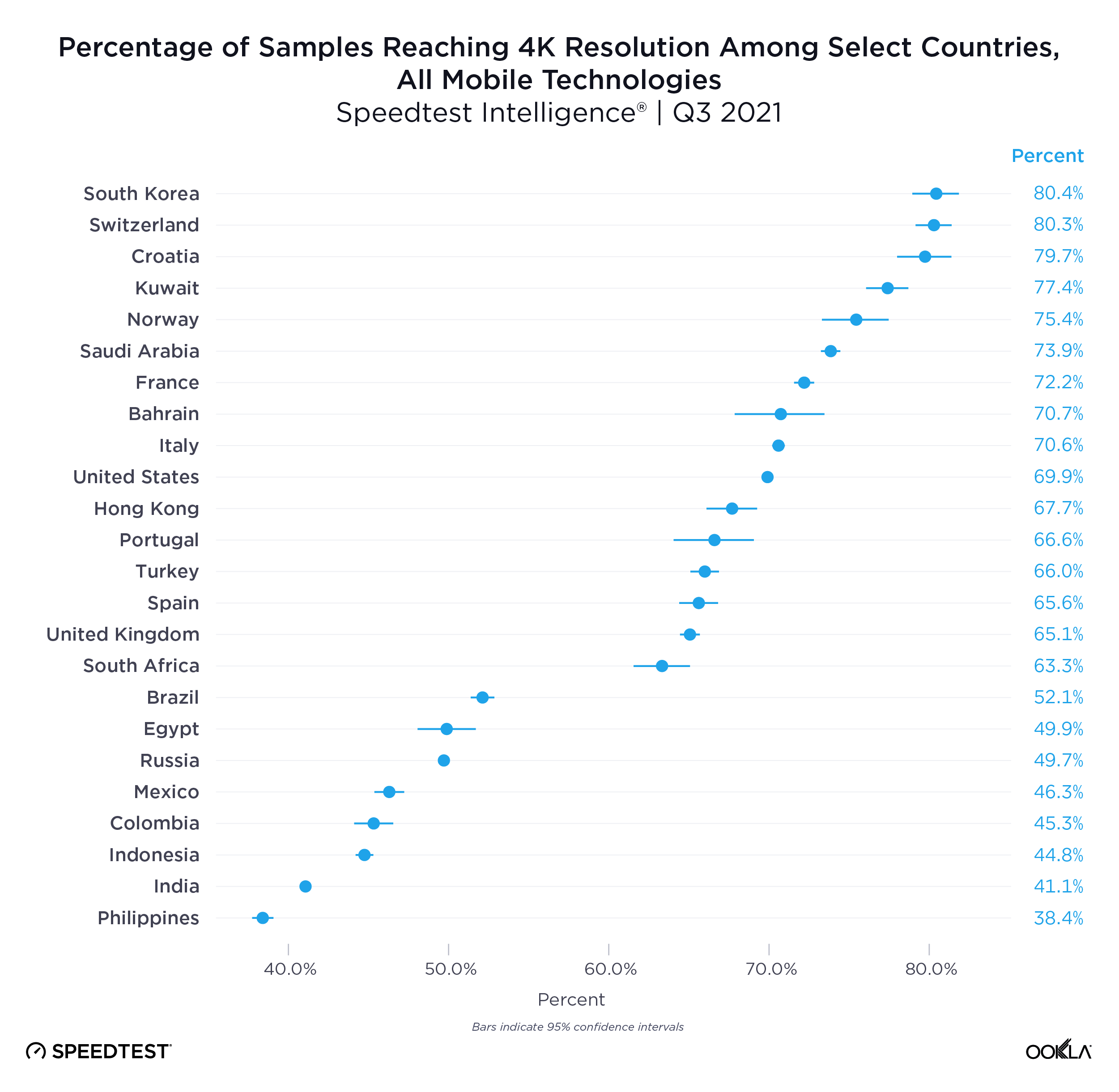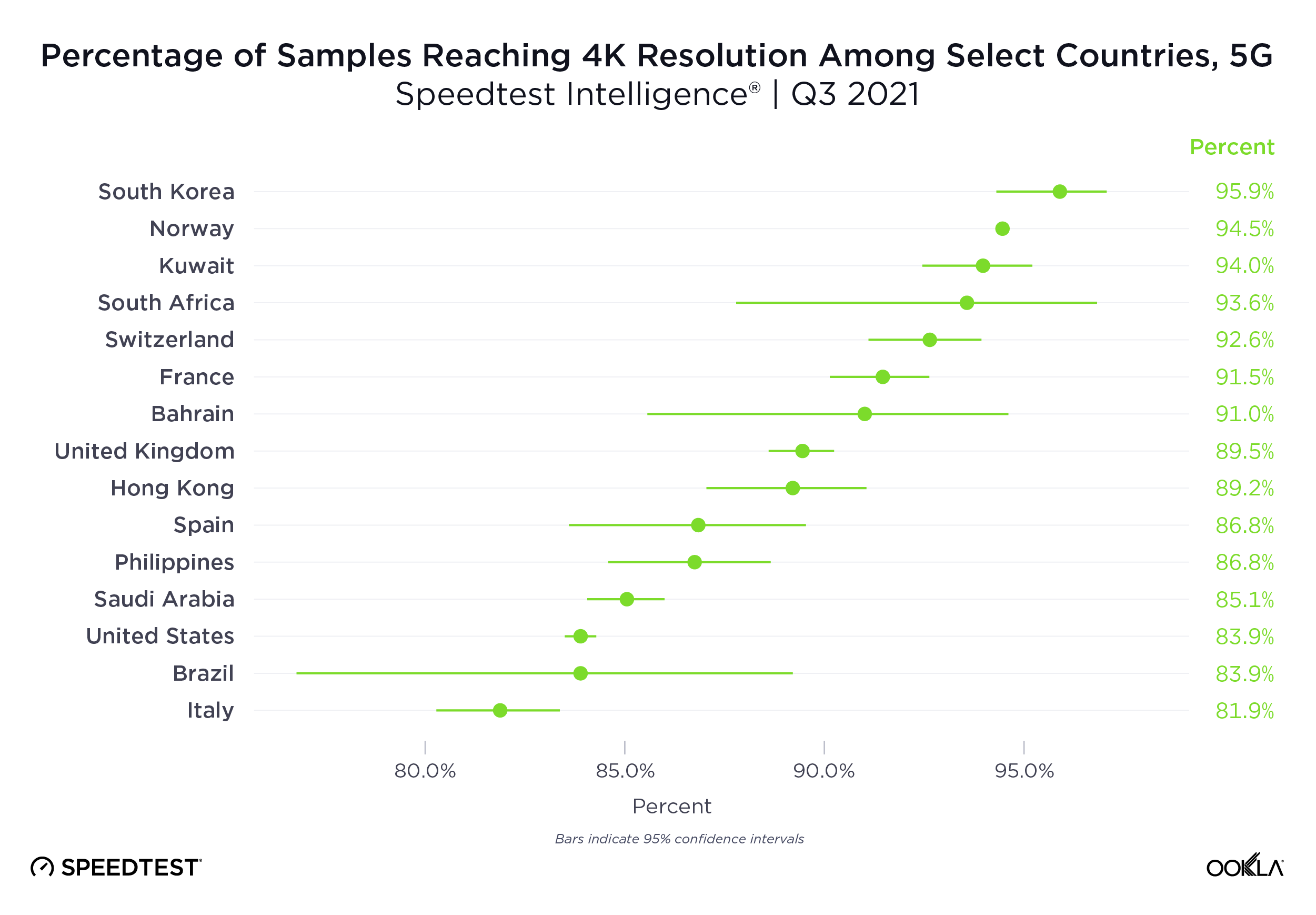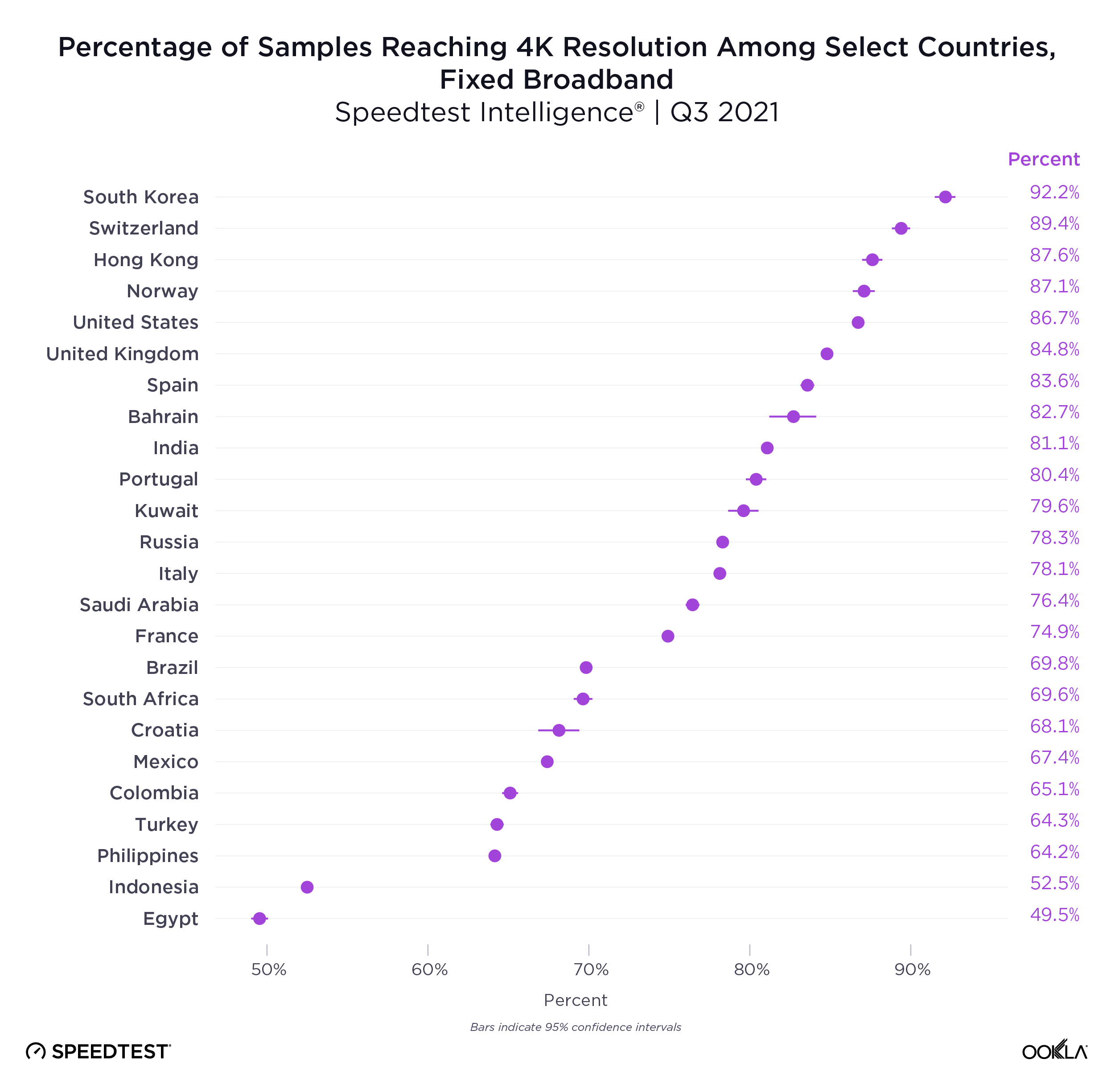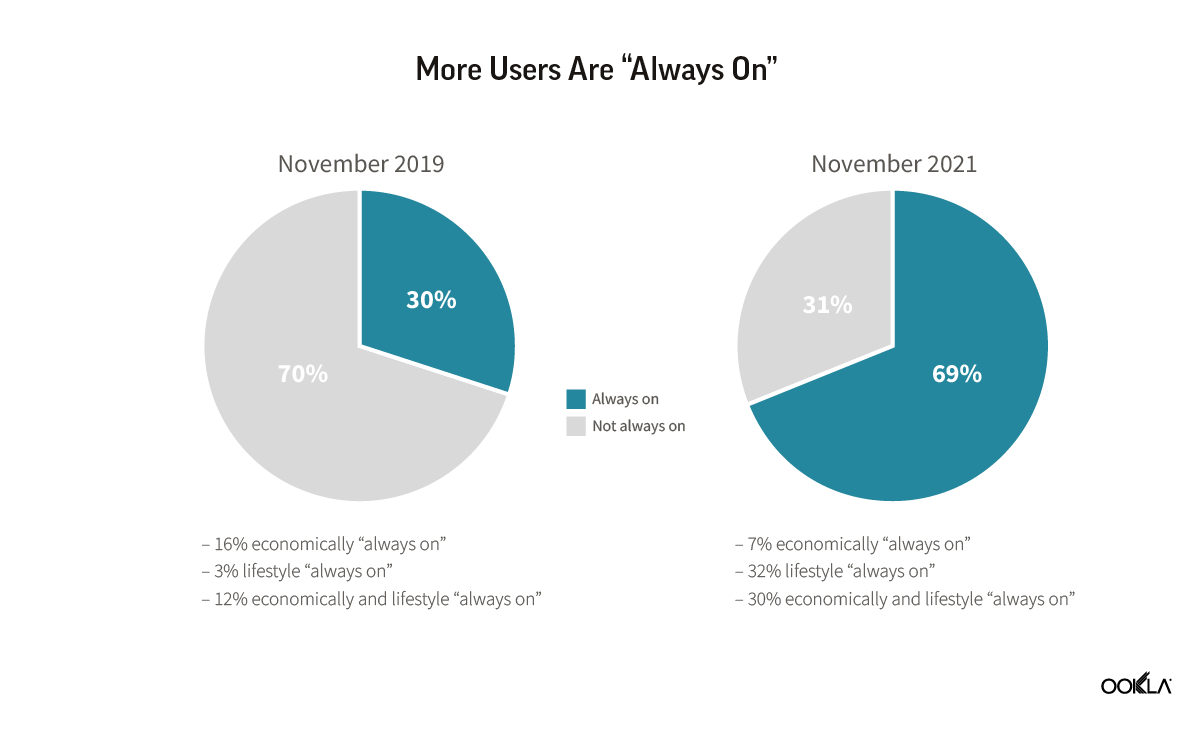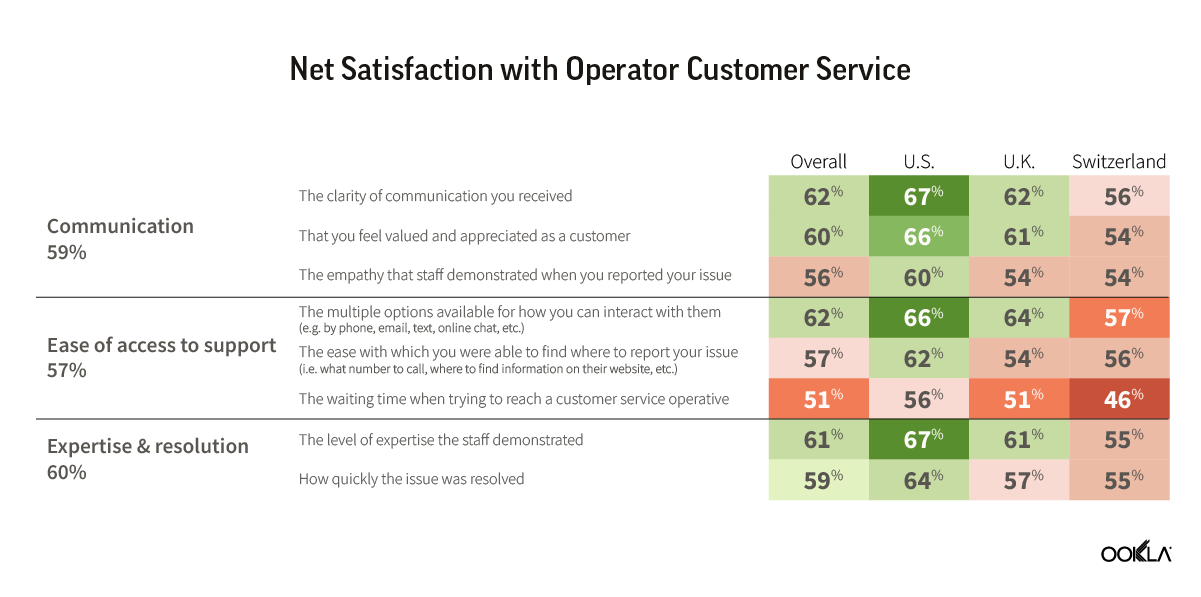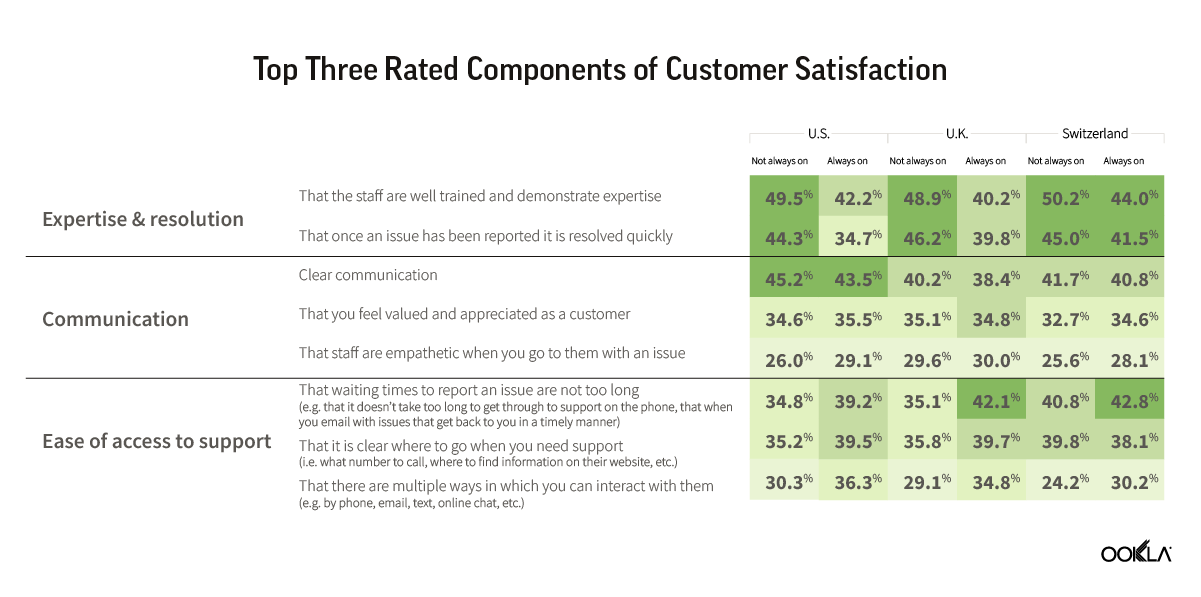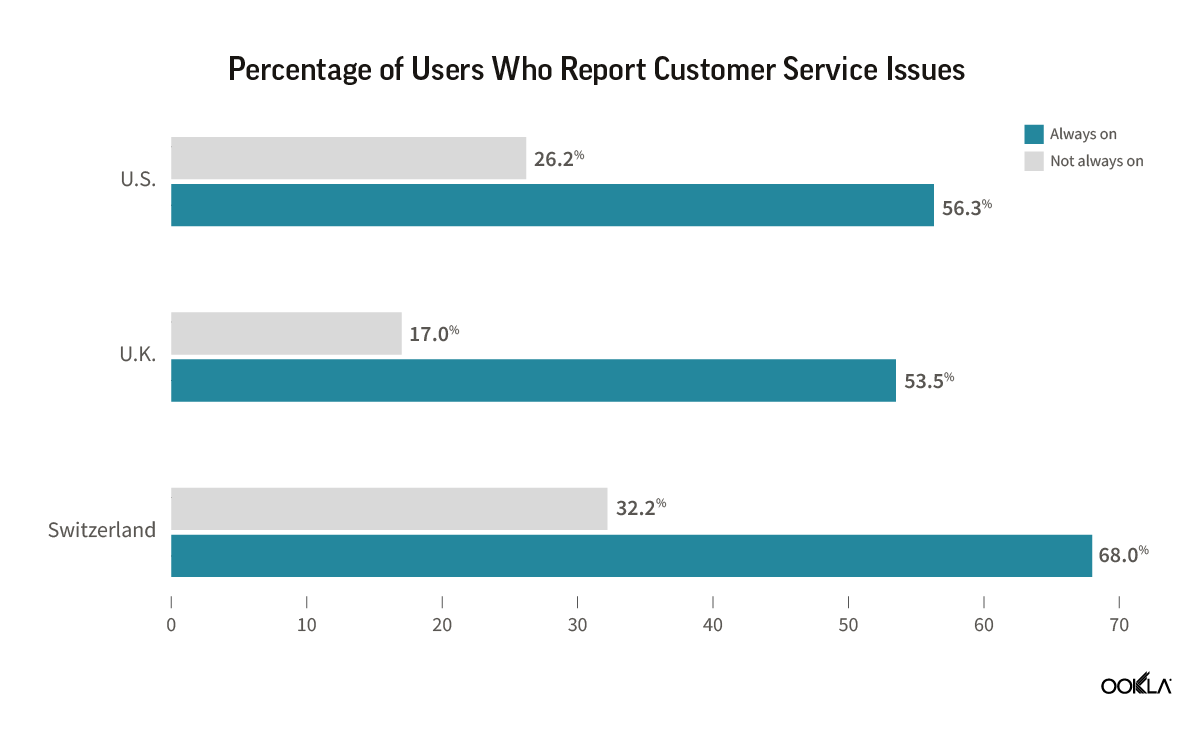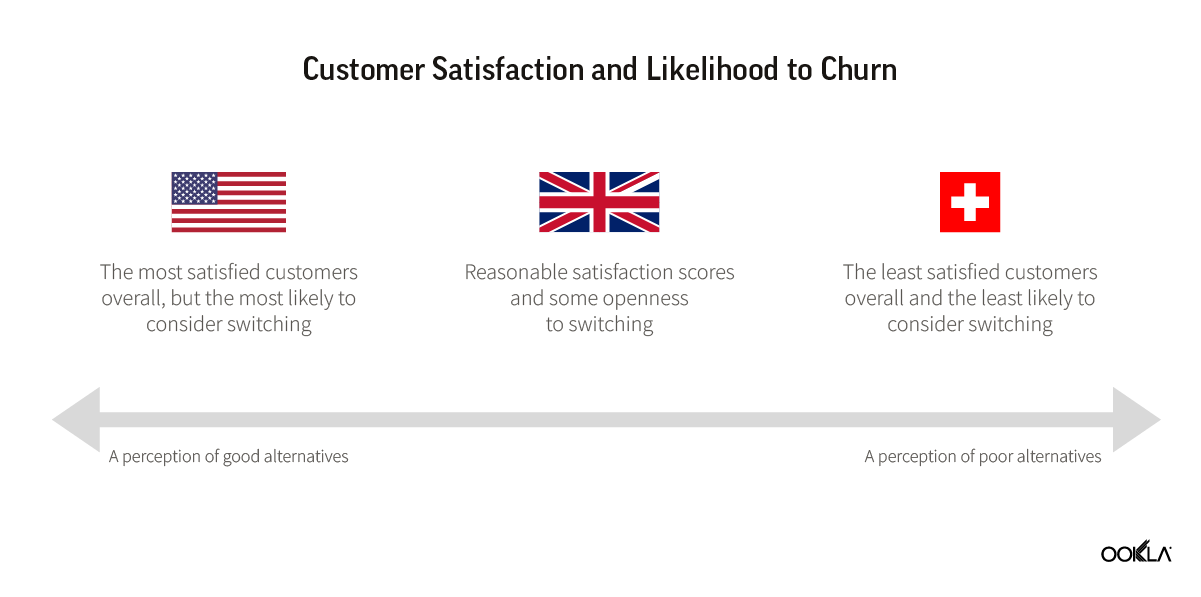The reliability of online services has become more important than ever as service providers face the constant challenge of maintaining a seamless user experience across an expanding array of websites, applications, and cloud-based platforms.
All it takes is a little bit of downtime for sites like YouTube or Facebook to turn into national headlines. For end users, the source of the issue is irrelevant; if the video isn’t playing on Facebook, it’s a Facebook issue. For businesses, internal tracking systems may not trigger if a downstream service like a contracted Content Delivery Network (CDN) experiences a service disruption. Scenarios like those mean that user-reported issues become the key to identifying the correlation and restoring connectivity.
Service Disruption Management (SDM) has emerged as a crucial tool for addressing these challenges, and Ookla is at the forefront of this approach with its two Crowdsourced Service Disruption Management (CSDM) solutions: Downdetector Explorer™ and Downdetector Connect™.
In this article, we’ll take a closer look at how these solutions work together to help service providers quickly identify and manage service disruptions, enhance customer experiences, reduce operational costs, and lower churn.
For a deeper look into how service disruption management solutions have benefitted providers, check out our detailed white paper, How to Increase Customer Lifetime Value with Crowdsourced Service Disruption Management Solutions.
What is Service Disruption Management or SDM?
Service disruption management (SDM) is a solution that enables service providers to identify, diagnose, resolve, and communicate service outages and other issues quickly and efficiently. In this context, the term “service provider” refers to a broad range of organizations, including ISPs, mobile carriers, telecommunications companies, and digital service providers like Netflix, Reddit, and scores of others. Traditionally, SDM has been implemented through various internal tracking tools and systems, such as network monitoring and fault management solutions.
However, these internal systems can be enhanced by integrating them with crowdsourced service disruption management (CSDM) solutions, such as Downdetector Explorer and Downdetector Connect. CSDM tools leverage the collective intelligence and feedback of millions of users to help service providers prioritize issues that matter most to their customers.
By integrating CSDM with existing network management systems, service providers can gain a more comprehensive view of their performance and take swift action to mitigate the impact of service disruptions on end users.
Ookla’s solutions: leading the Crowdsourced SDM charge
Ookla has taken SDM to the next level with Downdetector Explorer and Downdetector Connect. These innovative platforms work together to provide service providers with a comprehensive approach to managing service disruptions.
Downdetector Explorer leverages the power of crowdsourced data on Downdetector.com to identify outages and disruptions in real-time for various online services, such as websites, apps, and cloud services. It harnesses the collective input of millions of users worldwide to provide real-time status and outage information for thousands of services, giving service providers valuable insights to resolve issues quickly and efficiently.
A key feature of Downdetector Explorer is its ability to monitor outages for third-party services that an ISP or mobile carrier doesn’t own, such as CDN providers like Akamai or various OTT services. This unique capability allows service providers to better understand the cause of an outage, even if it’s not directly related to their own infrastructure.
Downdetector Connect complements Downdetector Explorer by providing a custom-branded and official service disruption detection platform that incorporates digital customer engagement channels, advanced analytics to direct engineering efforts where needed, and customer messaging capabilities for personalized communication. It also incorporates a mobile SDK that collects connectivity information to provide insights into the customer’s experience.
Together, these solutions help service providers understand disruptions to vital services by using unbiased, transparent user reports and problem indicators from around the web. The Downdetector platform tracks over 14,000 services around the globe, from your favorite social media and gaming websites, to banks and internet service providers and more. It receives more than 25 million monthly reports from users, real-time analysis, and verification of outage reports, empowering network operations centers and customer care teams when an issue happens.
Ookla’s CSDM solutions in action: real-world success stories
The effectiveness of Ookla’s CSDM solutions has been demonstrated through their successful implementation by several tier-1 operators worldwide. These operators have integrated Downdetector Explorer and Downdetector Connect into their network management strategies, achieving significant improvements in key performance indicators (KPIs) and customer satisfaction.
For example, an operator from the Asia Pacific region leveraged Ookla’s CSDM solutions to offer a highly personalized customer experience and reduce the costs of credits for issues unrelated to service disruptions. The platform delivered the following benefits:
- Achieved a 65% resolution rate for service issues
- Reduced service-related contacts by 17%
- Decreased credits for non-service-related issues by 51%
- Improved its Net Promoter Score (NPS) — a key performance indicator of customer experience — from -13 to +34.8, indicating a substantial boost in customer loyalty
Another operator, this one in Western Europe, increased its transparency and digital engagement while improving its customer acquisition process. By using Ookla’s tools, the operator achieved:
- A 400x increase in digital engagement
- A 40% reduction in support calls
- An 80% decrease in support calls during major outages
- One of the highest NPS scores in their market, showcasing the platform’s impact on customer satisfaction
Service providers can now proactively identify and resolve network issues, leading to improved customer experiences, increased loyalty, and reduced operational costs. As more and more providers adopt and integrate crowdsourced SDM tools into their service management strategies, we expect to see similar success stories and industry-wide improvements going forward.
The Future of CSDM
As the complexity of online services and the demand for their reliability continue to grow, the importance of crowdsourced service disruption management will only continue to increase. The emergence of new technologies and new use cases will further drive the need for advanced CSDM solutions that can quickly identify and resolve service disruptions and keep customers happy.
One area of huge potential in the CSDM space is the integration of artificial intelligence (AI) and machine learning (ML) technologies into CSDM solutions. These technologies have the potential to enhance the accuracy and efficiency of service disruption detection and resolution, allowing service providers to stay ahead of the curve in ensuring the reliability of online services and maintaining customer satisfaction.
AI- and ML-powered CSDM solutions can analyze vast amounts of data from multiple sources in real-time, identifying patterns and anomalies that may indicate potential service disruptions. Integrating AI and ML into CSDM solutions would allow providers to proactively identify and address potential problems before they occur, significantly improving outage resolution times and enabling the prediction of future disruptions based on historical data.
Conclusion
The reliability of online services is paramount in our increasingly digital world, and crowdsourced service disruption management has emerged as a game-changer for online service providers. CSDM solutions leverage the power of crowdsourced data, enabling providers to quickly identify service disruptions and respond more effectively. This protects them from potential reputational damage and financial losses.
As CSDM continues to advance, service providers that adopt these crowdsourced solutions will be better equipped to reduce downtime and provide excellent customer experiences. With improved issue detection and more rapid responses to disruptions, service providers will also be able to foster long-lasting customer relationships and maintain a competitive edge in an increasingly demanding market.
To learn more about how CSDM solutions like Downdetector Explorer and Downdetector Connect can transform your service disruption management strategy, reach out to our team.
And for a more in-depth exploration of how SDM can help service providers maximize Customer Lifetime Value (CLV) and support the different stages of Customer Lifecycle Management (CLM), read our comprehensive white paper, How to Increase Customer Lifetime Value with Crowdsourced Service Disruption Management Solutions.
Ookla retains ownership of this article including all of the intellectual property rights, data, content graphs and analysis. This article may not be quoted, reproduced, distributed or published for any commercial purpose without prior consent. Members of the press and others using the findings in this article for non-commercial purposes are welcome to publicly share and link to report information with attribution to Ookla.

